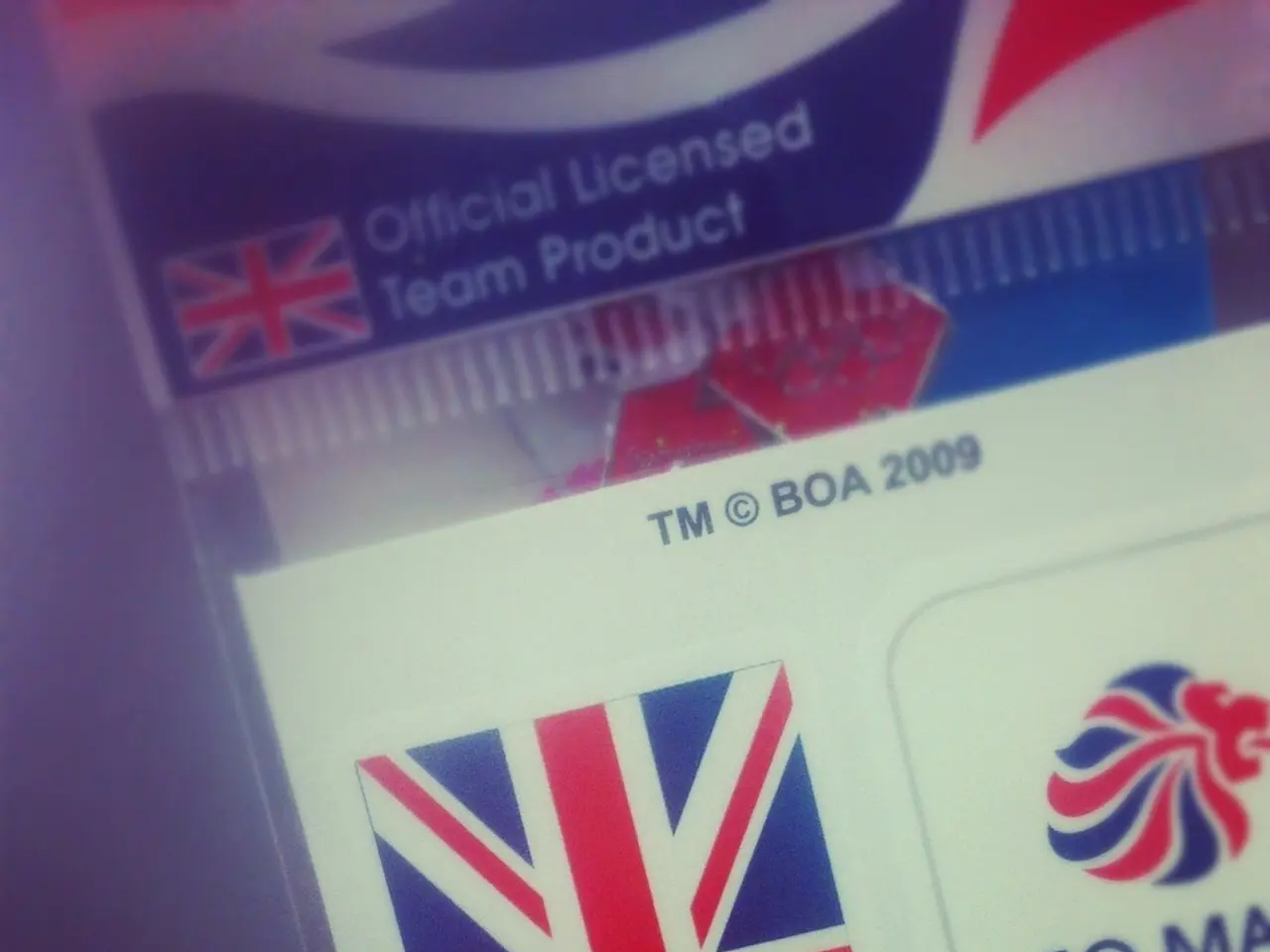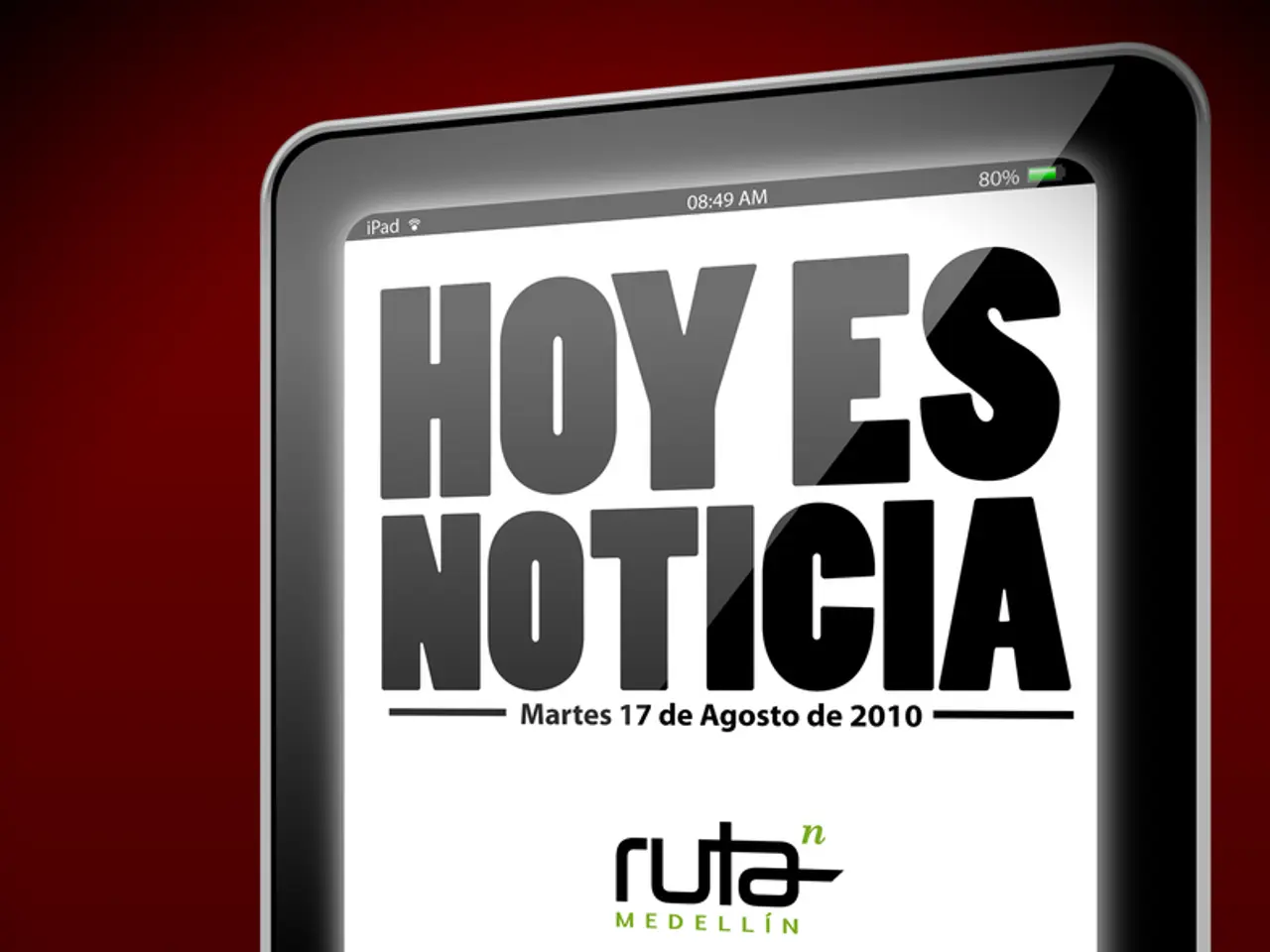The ISO 18013-5 Standard: An Explanation
In response to the growing need for a secure and interoperable digital identity solution for driver's licenses, the International Organization for Standardization (ISO) and the International Electrotechnical Commission (IEC) jointly developed the ISO 18013-5 standard for mobile driver's licenses (mDLs).
The standard, designed to address the limitations of physical driver's licenses, such as susceptibility to loss, damage, outdated information, and counterfeiting, provides a framework for secure digital driver's licenses that can be provisioned on mobile devices. These digital licenses include the same data as traditional physical licenses but offer additional benefits, such as real-time updates, selective information sharing, and enhanced security features to prevent fraud and counterfeiting.
The development of ISO 18013-5 was driven by the rapid shift towards digital transformation, and it aims to ensure consistent implementation across jurisdictions worldwide. The standard specifies technical and security requirements for mDLs to guarantee interoperability and trust between issuing authorities and relying parties validating them.
Supporting infrastructures, like the American Association of Motor Vehicle Administrators (AAMVA) Digital Trust Service (DTS), have been developed alongside the standard to assist jurisdictions in securely managing public keys and enabling secure communications for mDL validation.
Recent technical reports, such as ETSI TR 119 479-2 (published July 2025), expand on validation mechanisms aligned with ISO 18013-5, introducing enhancements like encrypted attestations, disclosure policies, and refreshable credentials. These advancements reflect ongoing international efforts to refine and extend the standard for improved security and flexibility in use cases.
ISO 18013-5 is integrated with broader digital identity initiatives and other ISO standards, such as ISO 18013-7, aiming to cover aspects like fraud prevention, auditability, and secure user authentication. This makes it a landmark framework in the mobile identity ecosystem.
For governments, ISO 18013-5 helps streamline the management of driver's licenses, reducing administrative costs. It also ensures that government-issued digital IDs comply with global best practices, making them internationally recognisable and verifiable. This is particularly beneficial for travelers, as mDLs designed under this standard can be used in foreign countries.
For businesses, the standard provides a reliable and secure method for website verification, reducing customer onboarding time and enhancing user experience. It also mandates the use of cryptographic signatures for verifying state-issued digital identification data, ensuring data integrity and protecting user information during transactions.
Moreover, the standard addresses concerns over privacy and data protection by enabling mDLs to share only relevant data needed for verification while keeping personal information secure. This is crucial in today's digital age, where the demand for interoperable digital IDs is increasing, especially with the rise in international tourist arrivals.
In summary, ISO 18013-5 is an essential international framework that defines technical specifications and guidelines for mobile driver's licenses (mDLs) and their verification. By ensuring secure, privacy-focused, and interoperable mDLs, this standard is facilitating the international acceptance of mDLs, allowing governments to create IDs that can be trusted and used across borders. This, in turn, is contributing to a safer, more efficient, and user-centric digital world.
The standard, rooted in technology and data-and-cloud-computing, offers personal-finance benefits to businesses by providing a secure method for website verification, thus reducing customer onboarding time and enhancing user experience.
In the realm of finance, this evolution in business can potentially lead to increased transactions and revenue, as digital driver's licenses become a globally recognized and accepted form of identity.
As the industry adopts ISO 18013-5, it fosters a secure and efficient digital ecosystem, ensuring the protection of sensitive information like financial data, thus aligning with the growing need for prioritizing data security in the digital age.




